If your idea of gardening is planting something once and letting nature take over, you’re not alone. Many homeowners want a lush, colorful yard—but without the constant watering, trimming, or babying. That’s where these resilient shrubs and perennials come in. They’re beautiful, dependable, and practically take care of themselves, so you can enjoy the view without all the work.
1. Russian Sage
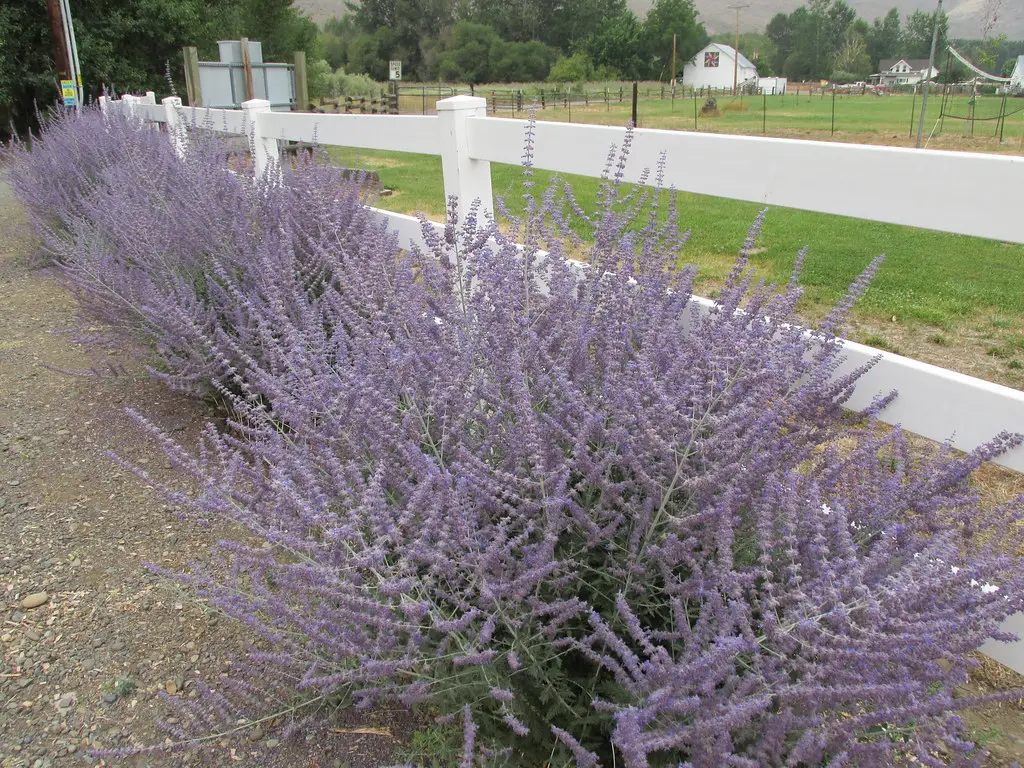
According to the University of Illinois Extension, Russian sage thrives in heat and poor soil, making it perfect for set-it-and-forget-it gardeners. It produces tall, airy lavender-blue blooms and silvery foliage that look elegant with little effort. Once established, it’s drought-tolerant and doesn’t require regular watering. It also resists deer and most pests, giving you beauty without the battle.
This perennial blooms from midsummer through fall, adding months of color to your garden. It prefers full sun and well-drained soil and doesn’t need fertilizer. You’ll only need to cut it back in early spring to keep it tidy. Otherwise, it’s a hands-off beauty.
2. Boxwood
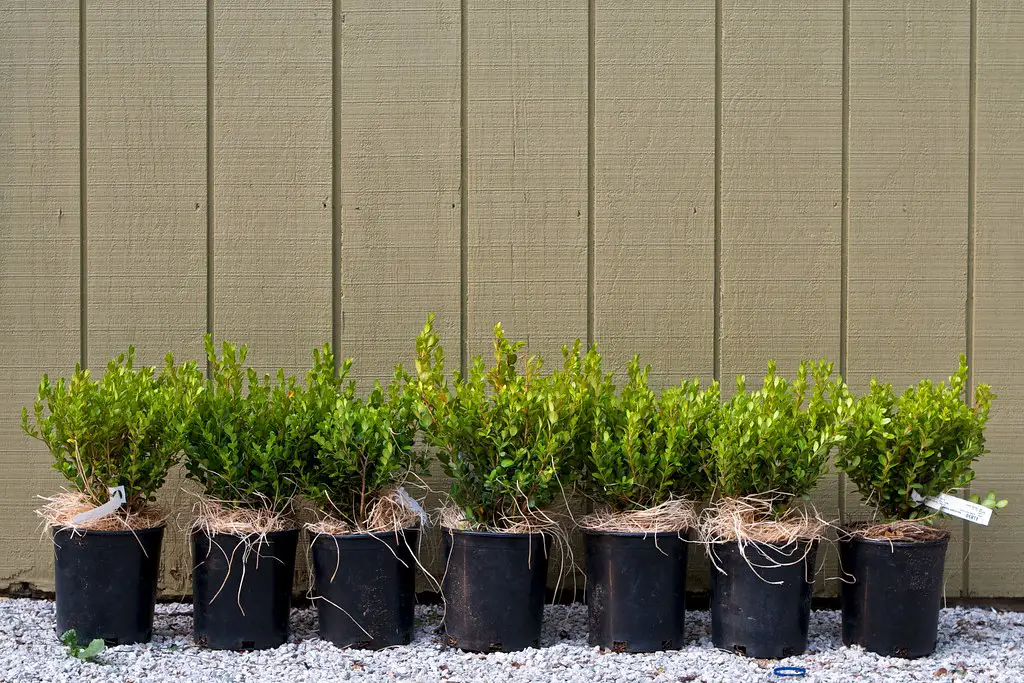
As noted by Better Homes & Gardens, boxwoods are evergreen workhorses that can be shaped or left natural, depending on your vibe. They’re perfect for structure and year-round greenery in low-maintenance landscapes. Once settled, they don’t ask for much: just occasional watering during dry spells. They even handle shade pretty well compared to other evergreens.
These shrubs are ideal for hedges, containers, or standalone accents. They don’t drop messy leaves, and their compact growth means less trimming. Deer typically leave them alone, and pests are rarely an issue. Give them well-drained soil, and they’ll do the rest.
3. Coneflower (Echinacea)
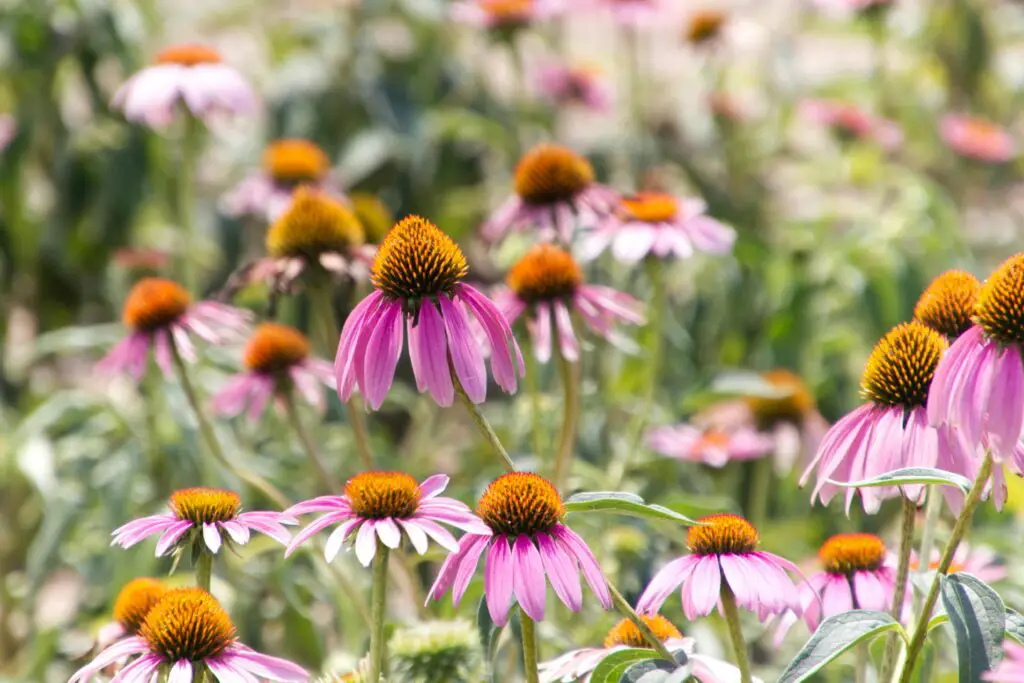
According to the Missouri Botanical Garden, coneflowers are native wildflowers that thrive in tough conditions. They bloom for weeks on end, attract pollinators, and rarely fall victim to pests or disease. Once they’re in the ground, you can practically forget about them. They’ll keep coming back each year with minimal care.
Coneflowers love full sun and don’t mind poor soil. A light trim after blooming encourages more flowers, but it’s optional. Even their seed heads look pretty in winter and help feed the birds. They’re ideal for gardeners who want drama with zero fuss.
4. Black-Eyed Susan
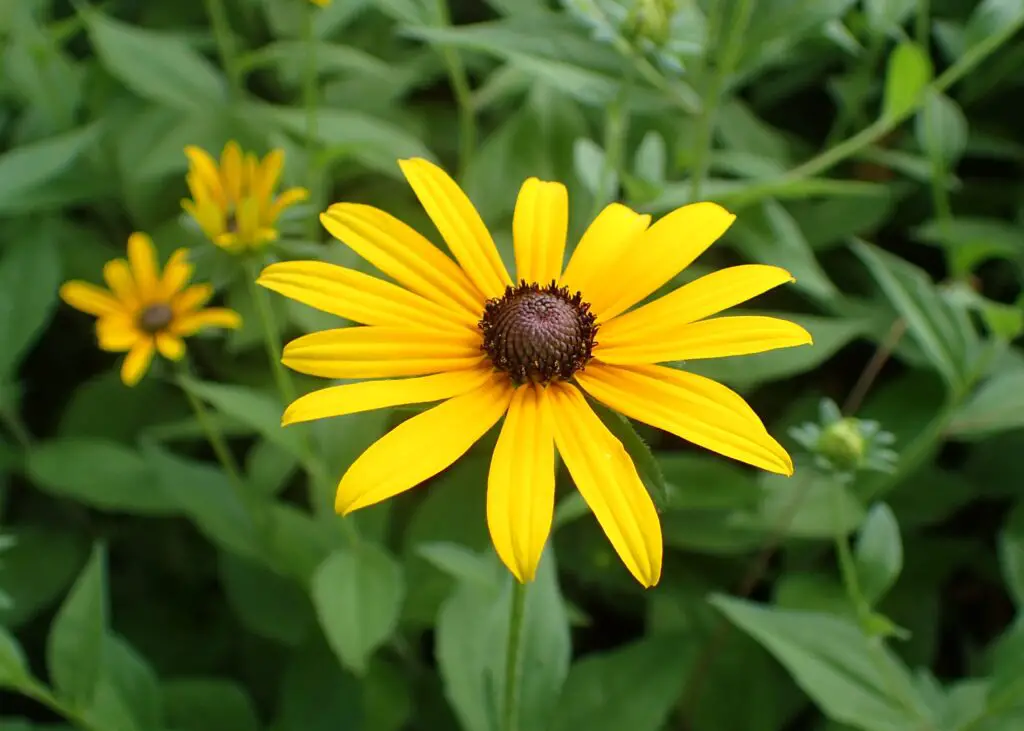
As pointed out by the National Gardening Association, black-eyed Susans are among the easiest perennials to grow. These golden, daisy-like flowers thrive in most climates and bloom from summer into fall. They tolerate drought, clay soil, and even a bit of neglect. Plus, they’re self-seeding, so your patch grows without any effort on your part.
These flowers love sun and don’t mind the occasional dry spell. They’re great for borders, pollinator gardens, or wildflower areas. Deadheading is optional but can prolong blooms. Otherwise, they ask for very little and give a whole lot back.
5. Dwarf Alberta Spruce
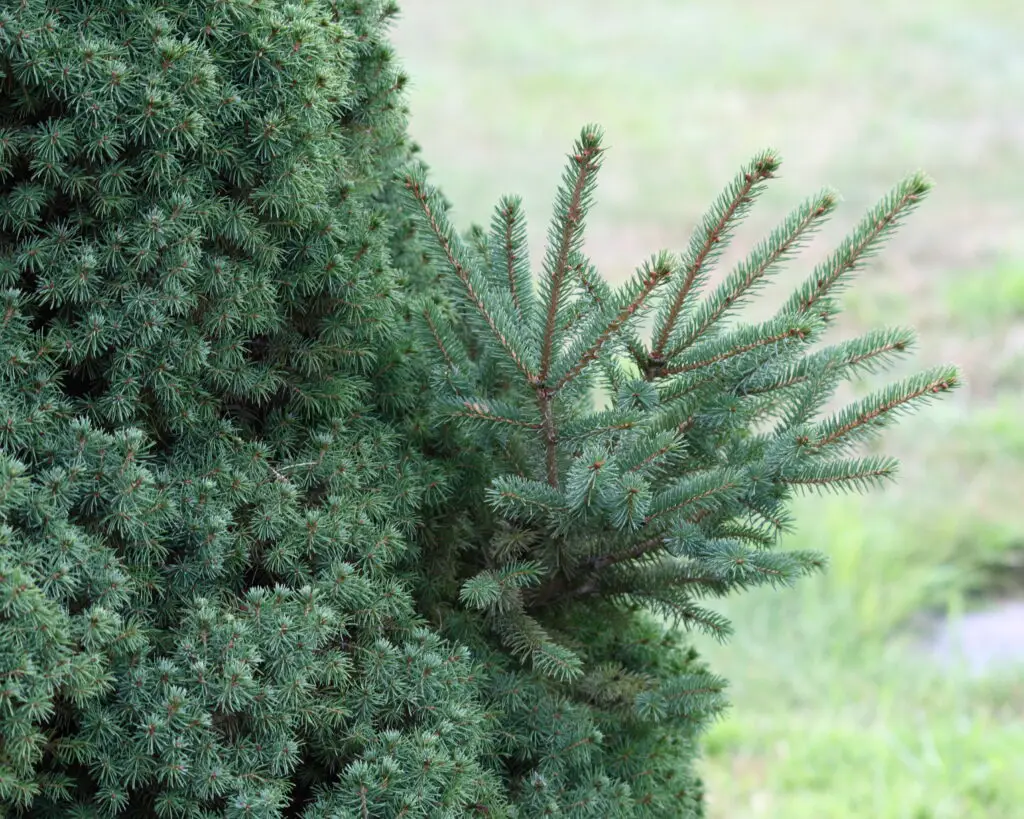
Dwarf Alberta spruce adds neat, conical structure to any yard without demanding much attention. It’s slow-growing and stays compact, so there’s no constant pruning involved. It holds its shape beautifully year-round, even in snow. Just plant it in full sun with well-drained soil and walk away.
This evergreen is great for formal gardens, entryways, or container pots. It resists pests fairly well and doesn’t need fertilizing. As long as the soil drains well and you avoid soggy roots, it’s a long-term winner. It’s the plant version of a reliable old friend—quiet and steady.
6. Coral Bells (Heuchera)
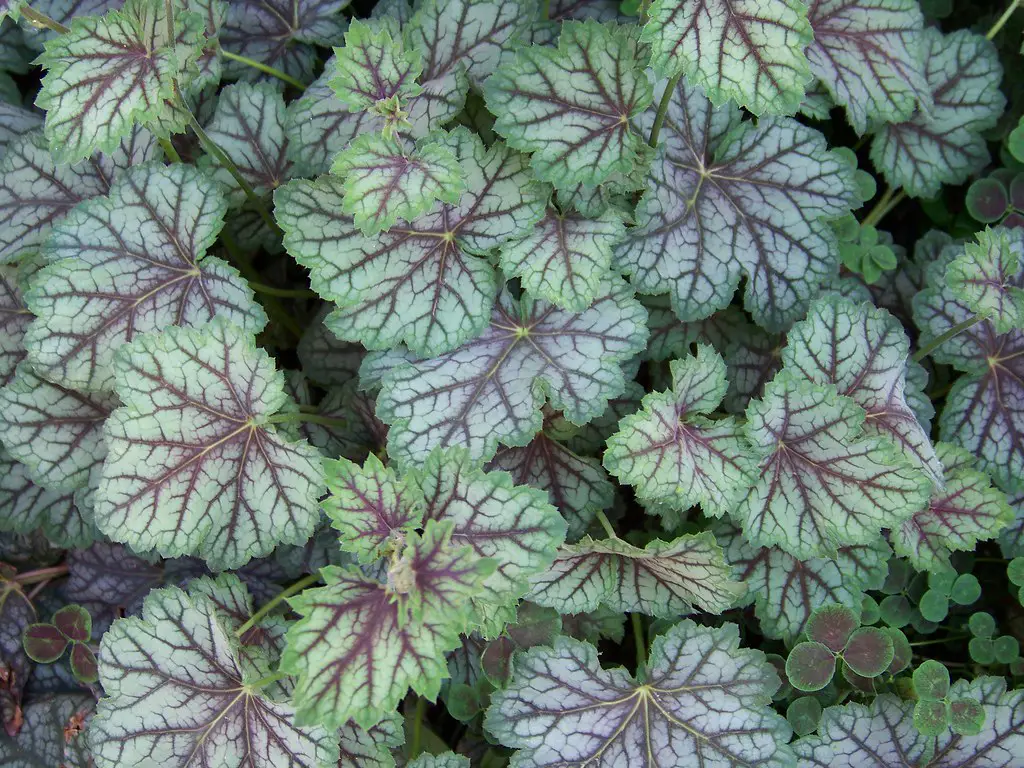
Coral bells are beloved for their colorful foliage, which comes in shades of burgundy, lime, and caramel. Unlike most perennials, these thrive in partial shade and don’t require a lot of attention. They’re also evergreen in many regions, giving you color year-round. Once planted, they’ll form neat little mounds with minimal fuss.
They do well in average soil and can even handle drought once established. You might give them a spring trim to tidy up old leaves, but otherwise they’re chill. Their tiny flower spikes attract hummingbirds in early summer. For shade gardens, they’re a dream.
7. Spirea
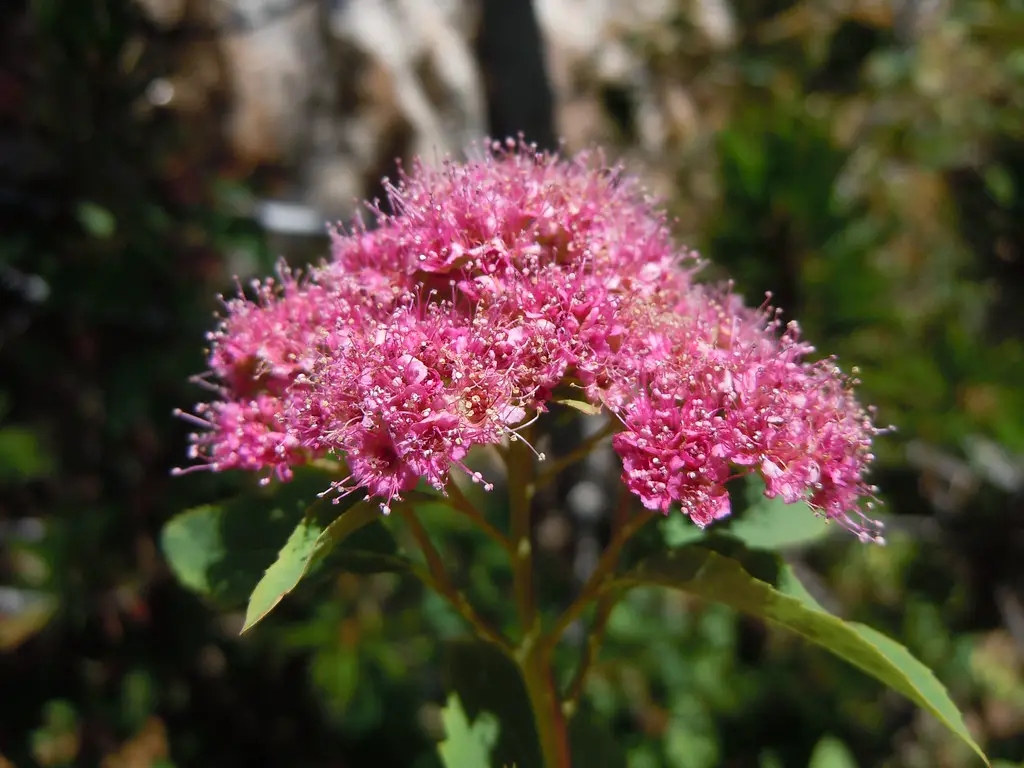
Spirea is a flowering shrub that feels like it should need a lot of upkeep—but doesn’t. It blooms heavily in late spring or summer, depending on the variety, and is forgiving about soil and watering. Prune it once a year, or don’t; it’ll still bloom. It also resists disease and pest problems.
These shrubs thrive in full sun but tolerate partial shade. They look great in mixed borders, along fences, or in foundation plantings. Once they’re established, they don’t need fertilizer or pampering. Just plant and enjoy.
8. Daylilies
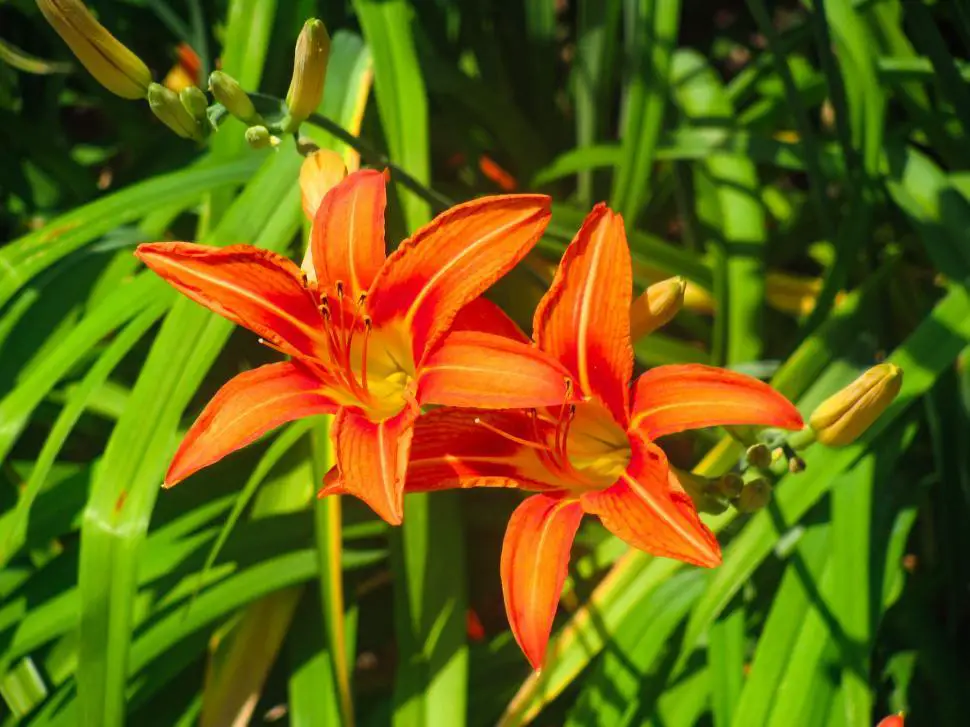
Daylilies are practically indestructible perennials that bloom for weeks with little care. They’re adaptable to nearly any soil type and can thrive in sun or part shade. Even if you forget to water them, they’ll probably be fine. That’s what makes them a go-to for busy homeowners.
Their strappy green leaves add texture, and newer varieties bloom repeatedly throughout the summer. Divide them every few years if you want more plants for free. Otherwise, just let them do their thing. They’re garden MVPs without the ego.
9. Ninebark

Ninebark is a tough, fast-growing shrub that looks much more high-maintenance than it is. With peeling bark, arching branches, and clusters of white or pink flowers, it brings a lot of texture. It’s incredibly tolerant of different soil conditions, even clay. And once it’s in the ground, it barely needs attention.
This shrub can handle heat, cold, drought, and occasional wet feet. Some varieties also have beautiful burgundy or copper leaves. It works well as a hedge, screen, or specimen plant. Just give it a little room to spread, and it’ll reward you with years of low-maintenance beauty.
10. Sedum (Stonecrop)
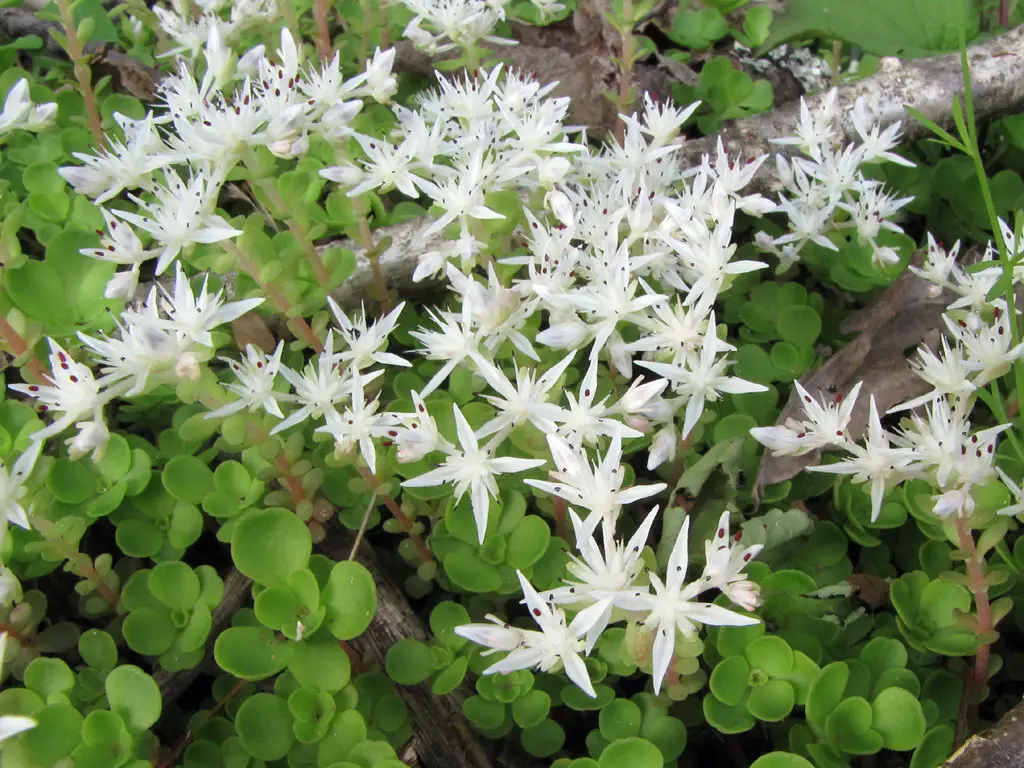
Sedum is a fleshy-leaved succulent that’s perfect for dry, sunny spots where other plants give up. It doesn’t need much water and prefers poor soil. Plus, its flowers attract butterflies in late summer and early fall. Once you plant it, you’ll wonder how you ever gardened without it.
These plants spread slowly and can even grow in cracks or gravel paths. They’re ideal for rock gardens or borders and pair well with ornamental grasses. Some varieties stay low, while others grow upright like small shrubs. Either way, they’re minimal effort and maximum reward.
11. Butterfly Bush

This fast-growing shrub lives up to its name, drawing in butterflies like a magnet. It blooms from midsummer through fall and thrives in full sun. It’s not picky about soil and can handle some drought. Prune it in early spring, and that’s about all it needs.
Newer cultivars are non-invasive and more compact, perfect for smaller spaces. They’re also deer-resistant and generally pest-free. The showy blooms add a big visual impact with hardly any work. If you want pollinator action without babysitting, this one’s a win.
12. Lamb’s Ear

With its fuzzy silver leaves and tidy mounds, lamb’s ear is an easy-care favorite for borders and beds. It thrives in poor, dry soil and needs almost no watering once established. The foliage looks great even when not in bloom, making it a true all-season player. It’s also rabbit- and deer-resistant.
It prefers full sun but can tolerate light shade. You might need to cut back any flower stalks to keep things neat. Otherwise, this plant minds its own business and looks good doing it. Perfect for softening garden edges or pathways.
13. Yarrow

Yarrow is a tough-as-nails perennial with feathery foliage and clusters of long-lasting blooms. It tolerates heat, drought, and neglect like a champ. Once it’s rooted, you barely have to touch it. In fact, overwatering is more likely to harm it than help.
This plant thrives in full sun and comes in a range of colors. Bees and butterflies love it, and deer tend to stay away. Deadheading can extend the bloom season, but it’s not required. It’s a great choice for naturalistic or pollinator gardens.
14. Forsythia
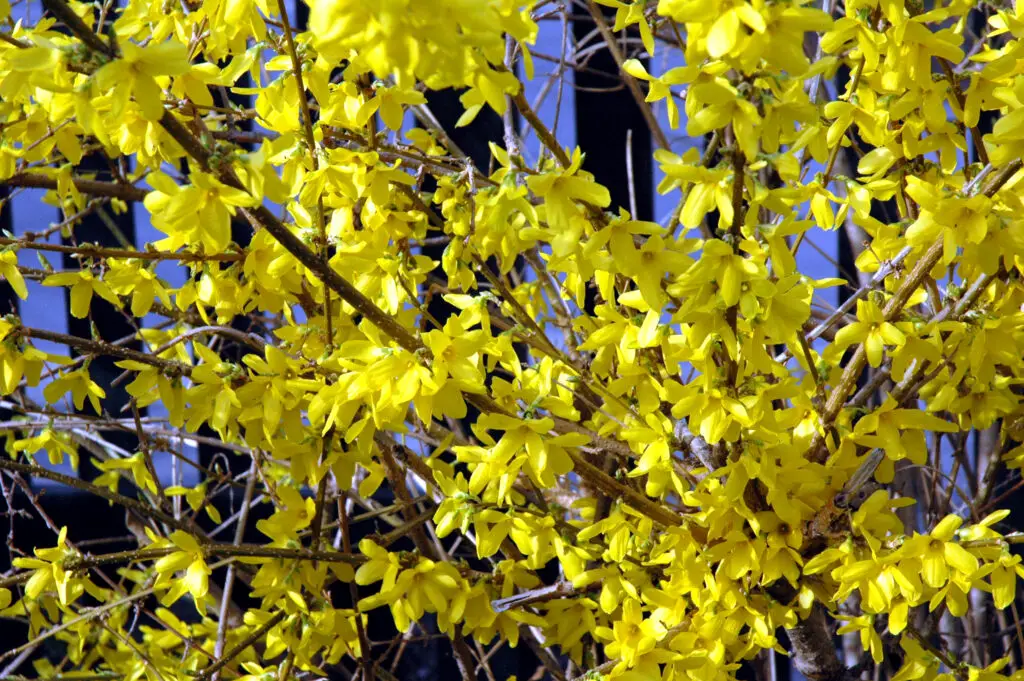
Forsythia brings that first pop of bright yellow flowers in spring—and requires very little in return. It grows fast and wide, so give it space to stretch. It’s incredibly hardy and does well in all kinds of soil, including urban environments. Once it’s established, you can let it go wild or prune it once a year to shape.
It prefers full sun to bloom at its best but can handle some shade. Deer tend to leave it alone, and it rebounds well from winter damage. It’s the kind of plant that says, “Spring is here!” without making you work for it. Big impact, minimal effort.
15. Hellebores
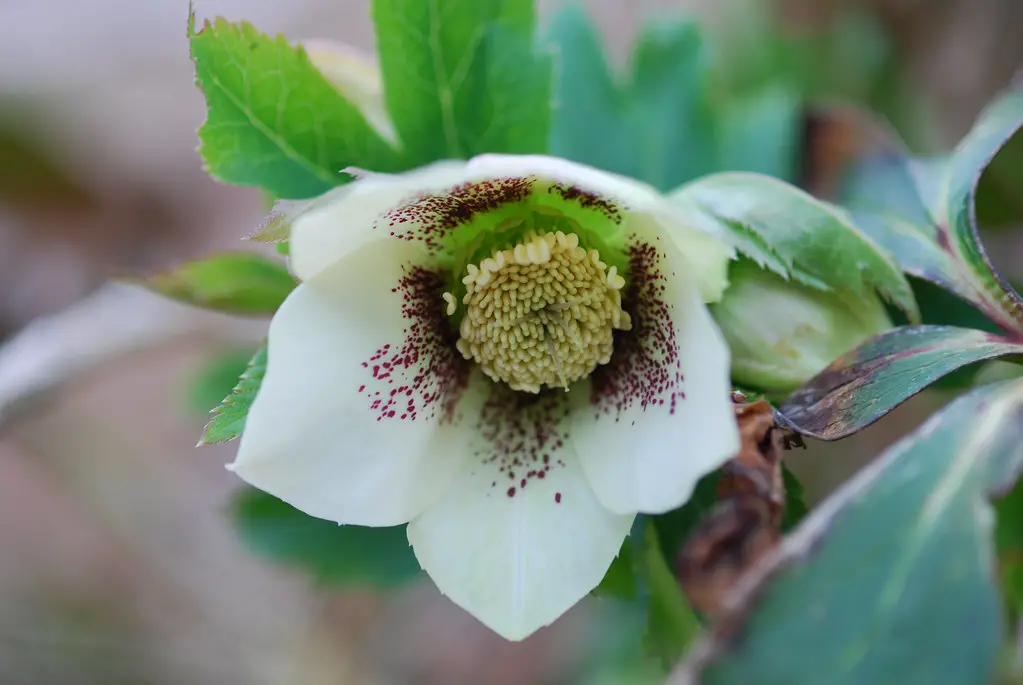
Also known as Lenten roses, hellebores bloom in late winter or early spring—right when your garden needs a boost. They’re evergreen in many climates and thrive in shade, making them perfect under trees. Once planted, they’re practically self-sufficient. They don’t need much watering and aren’t fussy about soil.
Their blooms last for weeks and come in soft colors like cream, plum, and green. They’re deer- and rabbit-resistant, and pests rarely bother them. You can trim back old leaves once a year, and that’s it. They’re the quiet heroes of any low-effort garden.
